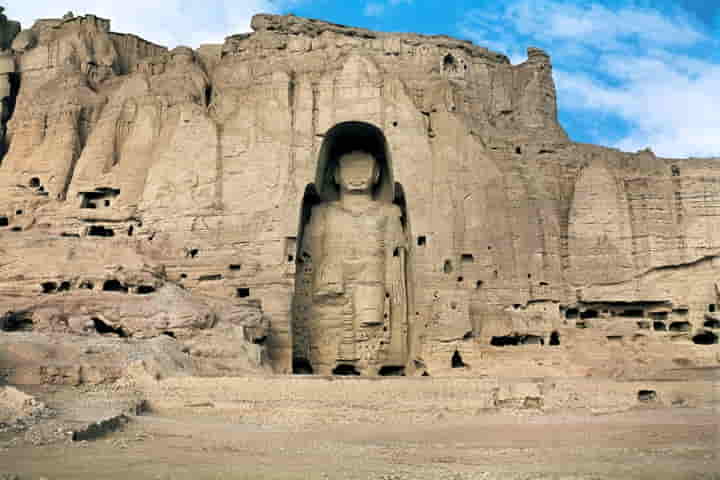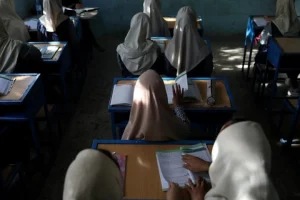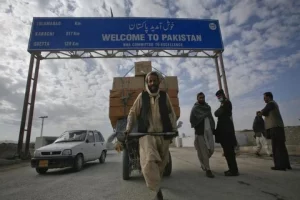Historians, archaeologists and scholars of ancient culture are watching the situation in Afghanistan with the Taliban taking over the country’s reins with eyes wide open and bated breath! The reason is they all fear that like their last reign, they would destroy this region’s rich and invaluable heritage like the 6th Century Bamiyan Buddhas in 2021 and ransack museums.
With Taliban taking over the country including the important cities of Herat and Kandahar, the nation’s archaeologists and curators of museums have been scampering and scurrying to ensure that the artefacts that are still within their control are moved to safety. What will happen to those which are located in the areas under Taliban’s control is anybody’s guess.
Also read: Will Taliban keep promise to preserve Afghanistan’s ancient historical sites?
That everyone was caught unawares is evident from what Noor Agha Noori told the National Geographic for an article. “We didn’t expect this to happen so quickly.” Noori heads the Kabul-based Afghanistan’s Institute of Archaeology.
While the officials in Herat and Kandahar had intended to move the artefacts to safe locations, the sudden collapse of the Government has brought a halt to their efforts.
Rich cultural heritage
With the Taliban now firmly on the saddle and taking over the Capital Kabul the fate of more than 80,000 artefacts in Afghanistan’s National Museum is precarious. Expressing his views, the Museum’s Director, Mohammad Fahim Rahimi, observed: “We have great concerns for the safety of our staff and collections.”
Afghanistan since ancient times has been an important region boasting of rich heritage by being an important crossroad for several cultures and religions. It is from this region, Buddhism moved to China, and from there to East Asia and to Japan. Besides this, other religions like Hinduism, Judaism, Zoroastrianism, and Christianity, thrived here till the advent of Islam in the seventh Century AD.
It is not just religion but also trade that flourished in this area as it was part of all the major trade routes including the Silk Road which connected India with China, Iran and beyond. The country is dotted with ancient cities, caravanserais and monasteries.
Taliban’s take on artefacts
Championing the hard-line approach of the religion, Islam, the Taliban abhor images portraying human beings and animals and rejects the pre-Islamic past with contempt.
Also read: Afghans commemorate destruction of 2 Buddha statues
Experts on culture and heritage in Afghanistan are not on the same page as to whether the Taliban would shamelessly repeat what they did after taking over Afghanistan in 2001. They destroyed the famous Bamiyan Buddhas while demolishing objects and statue in Kabul Museum,
However, this time, Taliban apparently has taken a softer stance. Its February statement exhorts the officials, commissions/department chiefs, provincial and district governors, military unit and group commanders, the Mujahideen and all compatriots to “robustly protect, monitor and preserve” artefacts, and “prevent excavation of antiquities and preserve all historic sites like old fortresses, minarets, towers and other similar sites”.

Surviving pieces of artefacts destroyed by the Taliban
Sceptics’ view
Not everyone takes the Taliban stance on its face value. Omar Sharifi, a Professor of Social Science at Afghanistan's American University said: “They have whitewashed their image, but they are still a very ideological and radical group.”
He received threats from the Taliban and fled to Delhi. Like him, several others engaged in cultural heritage have received calls and text messages from Taliban accusing them of working with international organizations.
According to Cheryl Benard of Washington-based Alliance for the Restoration of Cultural Heritage (ARCH): “If they have bad intentions, it will become obvious down the road. They are dealing with issues of borders and infrastructure now.”
As of now, no plans about the National Museum’s collection have been divulged. While in agreement for safeguarding them, the question is where to keep them safe? Many are expecting the United Nations to intervene and persuade the Taliban to preserve the ancient sites and artefacts.

Mes Aynak site near Kabul
The world watches them with unease as they are now in complete control of the nation, including Mes Aynak, a site 40 kilometres southeast of Kabul, where Central Asia’s ancient Buddhist monastery is situated. Besides 10,000 artefacts found so far in Mes Aynak, there are also several statues and stupas. There is also the new museum in the Herat citadel, along with many other small collections and museums in Ghazni, Balkh and Kandhar which are now under the Taliban.




















